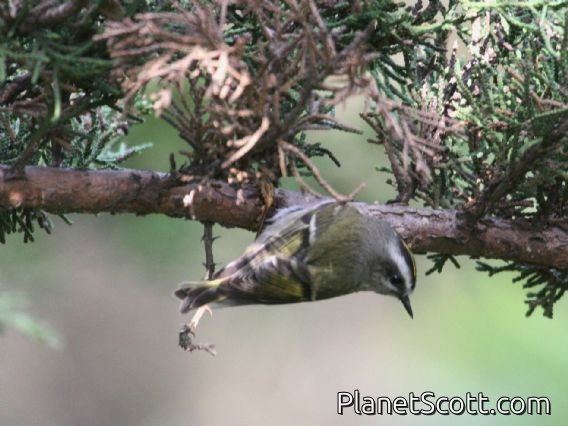Golden-crowned Kinglet (Regulus satrapa)

Golden-crowned Kinglet (Regulus satrapa)

Golden-crowned Kinglet (Regulus satrapa)


×



Golden-crowned Kinglet (Regulus satrapa)

Golden-crowned Kinglet (Regulus satrapa)
About Golden-crowned Kinglet (Regulus satrapa)
- Kingdom: Animals
- Phylum: Chordates
- Class: Birds
- Order: Perching Birds
- Family: Kinglets
The golden-crowned kinglet is a very small songbird in the family Regulidae that lives throughout much of North America.
Source: Wikipedia
Visits
-
2007-01-29
Lake Merced , United States of America -
-
-
-
2016-12-17
Big Branch National Wildlife Refuge, United States of America -
-




